Last year’s stacked lineup of games for the Game Awards had us thinking: What was the best year in gaming? As part of our series on determining gaming’s best year, we’re putting together an article on each year, charting the major releases and developments of the year, and talking about both their impact and what made them great.

The Year: 2015
2015. The year where the world couldn’t decide if a dress was gold or blue. Trump is rising in the GOP polls while footballs are deflating in Tom Brady’s hands. The United States Supreme Court makes same-sex marriage legal nationwide, which is very cool and one of the few good things the Supreme Court has done in recent memory.
Augmented Reality Gains Ground
On the technology side, Augmented Reality (AR) is still making the rounds, and picking up steam. Google’s Glass product was met with mixed reviews, but at E3 2015 Microsoft would debut their own entry into the space, the HoloLens. It’s much more promising and has some intriguing gaming applications, but would never materialize in a consumer-friendly form. The tech is still in the works and its most popular application won’t release for another year – more on that in 2016.
Smartphones Make VR More Accessible
Virtual Reality headsets had been gaining momentum after the release of the Oculus Rift, though the Oculus’ $599 launch price and the need for hardware and compatible games put a massive speed bump in the way of consumer adoption of the technology. Looking for a way to encourage developers to build more VR applications, Google created the Google Cardboard, essentially a cardboard holder for a smartphone which turns any phone into a VR device. The cardboard would inspire a host of more comfortable headset adapters and succeed at Google’s aim of promoting development.
Valve Makes a Play for the Living Room
After years of dominating the PC gaming market with its Steam marketplace, Valve made its play for the living room with the launch of the Steam Machine in November, 2015.In many ways the Steam Machine was just a PC masquerading as a console, able to dual boot Windows. The Steam Machine wasn’t particularly successful – PC gamers had no use for a console and console gamers could just buy an Xbox if they wanted PC games. Valve would try again a few years later with a handheld after discontinuing the Steam Machine in 2018.
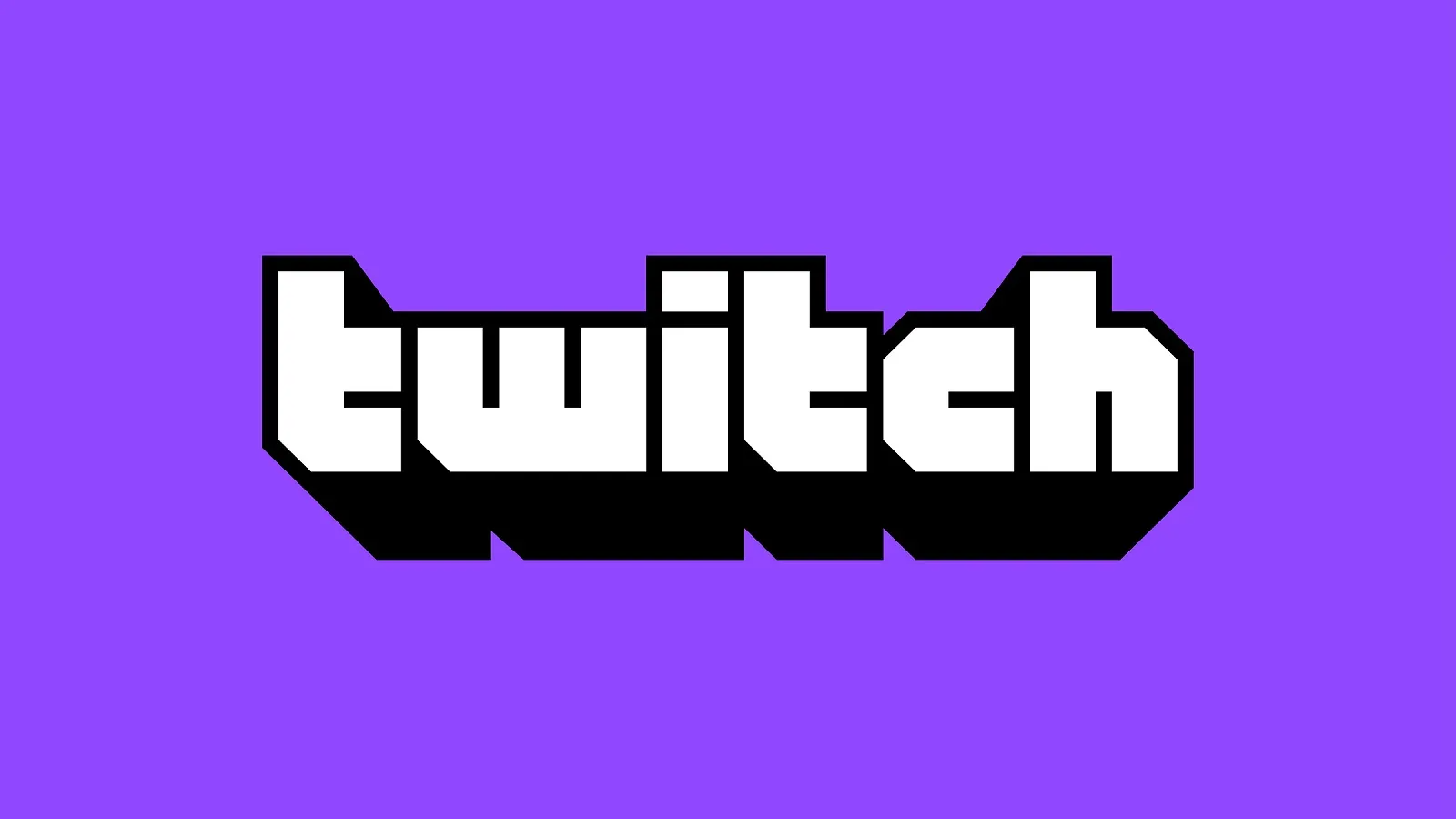
Streaming games Becomes Big Business
Streaming Let’s Plays was already a thing well before 2015, but by late 2014 it had started to become an industry. In January 2014, Awesome Games Done Quick (AGDQ) raised over $1 million for the first time, and in 2015 it would repeat the feat and do so again at its Summer Games Done Quick (SGDQ) later that year.
At the same time, specific streamers were starting to gain steam. Felix “PewDiePie” Kjellberg had already amassed more than five million followers en route to becoming YouTube’s most watched streamer in 2013, but others were close behind. Mark “Markiplier” Fischbach’s late 2014 runs of Five Nights at Freddy’s would explode in popularity, propelling both him and the game to newfound levels of popularity – he’d hit 10 million followers late in 2015. Horror games in particular were big for streamers, helping to drive both views from fans eager to experience horror vicariously and laugh at the terror of others, and as promotion for the games themselves. As the streaming became more popular (and wealthy), more gamers started to view it as a potential profession, and the platforms started to view streamers as potential assets.
YouTube launched its YouTube Red streaming service in late 2015 as a way to offer subscription and ad-free content on the service. As part of the launch, they looked to top streamers like PewDiePie and Markiplier, funding new subscriber-only content from those creators for the platform.
The Indie Bubble Bursts
After an explosion of indie games powered by still nascent marketplaces in the early years of the 2010s, the indie games market finally felt some growing pains. By 2015, the accessibility of tools and marketplaces had caused competition in the indie game space had heated up to the point where making successful indie games had become much, much tougher. A glut of cheap, exploitative free-to-play games flooded the market, while even on the higher quality side the sheer volume of good games being released made it impossible to stand out, making most projects unprofitable. Games were no longer able to rely solely on word-of-mouth and reviews, and started to need algorithmic help/support from Steam, or support from a popular streamer to succeed. And Steam sales and Humble Bundles weren’t helping, either – most indie games’ sales were coming from sale events later in their release cycle, when they were being sold for substantially less (and thus at lower margins). It wasn’t the “Indiepocalypse” some were billing it as, but it definitely led to a contraction on the indie side, while the added pressures of competition from indie games of increasing quality would gradually seep into the AAA side of the industry.
Tabletop
As far as tabletop stuff goes, it’s a pretty quiet year. Pandemic Legacy would cement the popularity of legacy style games pioneered by Risk: Legacy in 2011, paving way for even bigger takes on the legacy game. Another legacy style game, Kingdom Death: Monster would rock the Board Game world with its size, scope, complexity, and weird horniness as players took on a dark adventure through a mysterious world.
Big releases for sure, but there’s one event in the tabletop gaming space that dwarfs them.
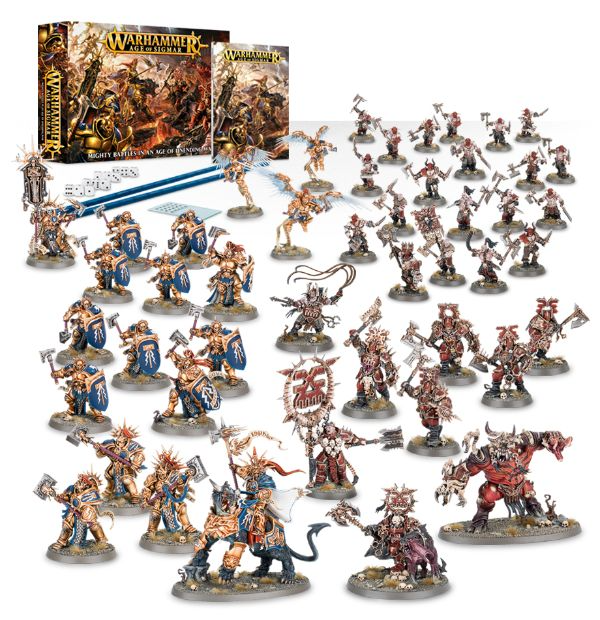
The End of Warhammer Fantasy and Age of Sigmar 1.0
On May 14th, 2015, after a 32 year run, Warhammer Fantasy came to an end with The End Times: Archaon. The collective efforts of the good guys isn’t enough, and the biggest bad in the Old World manages to blow the whole thing up.
While the exact reasons for the end of Warhammer Fantasy is unknown, what we do know if that Warhammer Fantasy was not selling very well when the End Times occurred. Unimpressed by the lagging Warhammer Fantasy sales compared to Warhammer 40,000, the corporate suits over at Games Workshop headquarters decided that Warhammer’s fantasy wing needed a big shakeup. So, Games Workshop gave Warhammer Fantasy the Ol’ Yeller treatment for a whole new, radically different Warhammer Fantasy.
After a few weeks of limbo, the world learned the exact nature of that shakeup when Warhammer: Age of Sigmar was released.
As of this writing in 2024, Age of Sigmar is a fantastic game with well thought out rules, and if we judge the merits of this release by what the game would later become than A+, huge win, home run for the year 2015. But if we look at what Age of Sigmar 1.0 was like on launch, and judge the game solely on what that was like? Wow what a mess.
There’s a few good things to say here, at least. The rules being slimmed down is a good choice. While it was definitely too short at 4 pages, not slogging through multiple paragraphs of keyords was welcome. The new models were pretty good, especially the Khorne models released with the starter kit. You could play all your old Warhammer Fantasy models, that was a relief for fans who were heavily invested in what was now a dead game. Age of Sigmar 1.0 was also Games Workshop’s first foray into having an app tied to their game, and while the app wasn’t great it was sure a step in the right direction. And all the unit rules were free. Neat!
Boy everything else about 1.0 was a mess.
It’s the worst example of Games Workshop during this time being a company that primarily saw itself as a model company that happened to print rules. Age of Sigmar’s release rules are a disaster. Models don’t have any sort of points attached to them, it’s assumed in the rules you just slam your models against your buddies’ models until someone’s all out of guys. Some units have just total nonsense rules, like getting buffs from how big your mustache is or yelling Waagh way too loud or farting on your opponent probably. It’s clearly not even designed to be a beer and pretzels game, it reads like some bizarre inside joke that every Warhammer Fantasy fan is both the butt of.
Again, we’ve come a long way from here. Even 1.0 would crawl out from the wreckage of this with the release of The Generals Handbook, releasing much needed points values for units, matched play games with better structure, and getting rid of the silly rules. Even then, whether Age of Sigmar’s release is a shining mark or blemish on 2015 will entirely depend on if you judge it by the game as it is now (good!) or as it was then (really bad!).
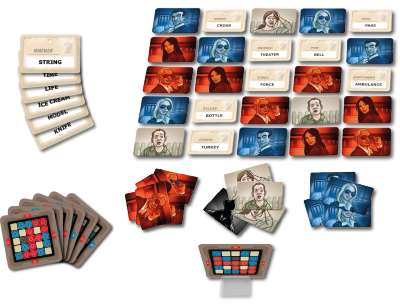
Codenames
Raf Cordero: Codenames is one of those party games that game in hard and fast, taking the game world by storm. It was very quickly (and profitably) spun off into various versions like Pictures and licenses like Disney or Marvel. It’s a winner because the structure is very simple yet requires you to piece together the mental leaps you think your friends would make balanced against the tension that comes from making it very easy to help your opponents.
Play is fairly simple. Lay out a 5×5 grid of cards that have single words (or pictures, or stills from Little Mermaid, or whatever) and split into teams. Each team has a single Spymaster who joins their opposing Spymaster at one end of the table. These two grab a Key Card that represents which cards belong to the Red team and which belong to the Blue. It also shows which word in the grid is the Assassin.
The job of the Spymaster is to get their team to guess their words as fast as possible, by giving clues made up of a single word and a number. “Animal 3” would mean, in theory, that the Spymaster thinks there are 3 cards on their team related to Animal. This clue is far more basic than what you end up having to give, however. It’s rare that you have something as clean as 3 animals in your color, 0 in your opponent’s, and also have it be unrelated to the Assassin clue. What makes Codenames tick is that if your team guesses a card belonging to the other team, the other team scores it. If they guess the Assassin, you lose.
The joy here comes from figuring out how to get your team to guess the words “Mug” and “Stadium” while the word “Beer” belongs to your opponent. If you say “Sheep 2” they’ll probably get Wool, but will they key in on Kiwi or is that too esoteric of a connection. Now you risk confusing them as they struggle to guess that word on future turns. Play evolves as they get some right and some wrong, words are covered up or guessed by the other team, and the Spymaster is left wondering how to get folks back on track.
Codenames is a fantastic party game that is easy to teach and play. It does, however, have a couple of flaws. Notably it’s fairly low energy. Yes, big guesses will elicit whoops of joy, however most of the game is spent in pensive silence. Additionally, it’s very easy for the Spymaster to key in on a single person and give clues that will only be picked up by a partner or best friend and leave others behind. Despite those quirks, it’s still worth playing and the myriad licenses ensures it’s easy to hook anyone.
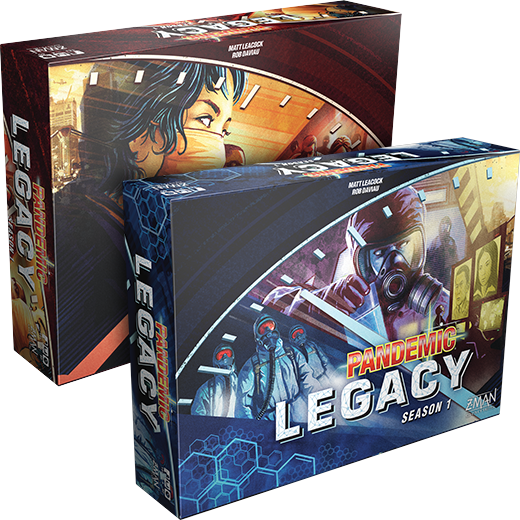
Pandemic Legacy
Raf Cordero: Pandemic Legacy adds persistence, personalization, and a sense of dread that every decision you make is going to come back to bite you. For in Pandemic Legacy, letting a city succumb to an outbreak won’t merely hurt your chances of winning right now. If a city suffers an outbreak, you place a physical sticker on that city to indicate it’s beginning to panic, and the game gets permanently harder. Forever.
That’s the rub – unlike standard board games, Legacy games change as you play them. During and after each game, you’ll unlock new content for the game; you’ll add cards to the game’s decks, remove others, and permanently alter the game through stickers. You’ll even permanently modify the rulebook itself, adding new rules and changing win conditions. And as time goes on, the game will get tougher, the stakes will get higher, and the viruses more deadly.
But there’s a saving grace: the characters you play. In Pandemic Legacy they are no longer roles. They are living characters. You name them, you grant them powerful abilities that stick with them for all future games, and they can even die. As the world falls apart around you, your characters get stronger to tackle the increased challenge. Everything keeps ramping up until…
Well, I don’t want to spoil anything. But let me make something clear: I’m avoiding spoilers for a board game. A board game that came out half a decade ago. I’m avoiding spoilers because Pandemic Legacy also features a compelling narrative. On its own the idea of a game being permanently altered by your decisions is awesome (check out Risk Legacy for a great competitive legacy game), but Pandemic Legacy layers in a narrative.
Video games
While 2015 is a quiet year for Tabletop Gaming outside the huge upheaval in Warhammer Fantasy space, it’s a monumental year for video game releases. Sure, Fallout 4 was kind of a dud. And Kojima’s departure for Konami shortly before the release of Metal Gear Solid 5, especially since Konami also delisted P.T from the PlayStation store despite P.T’s status as one of the most important horror games of all time.
That’s about all I have to say that’s bad about 2015 as far as bad game stuff goes. Like I said, 2015 brought the release of several all time classics. A few of them I’ll cover here, but a special mention goes out to some other great games like Her Story, Pillars of Eternity, Kerbal Space Program, and Splatoon for all being certified bangers. In another year, any of these games would be easy choices for me to shine a spotlight on.
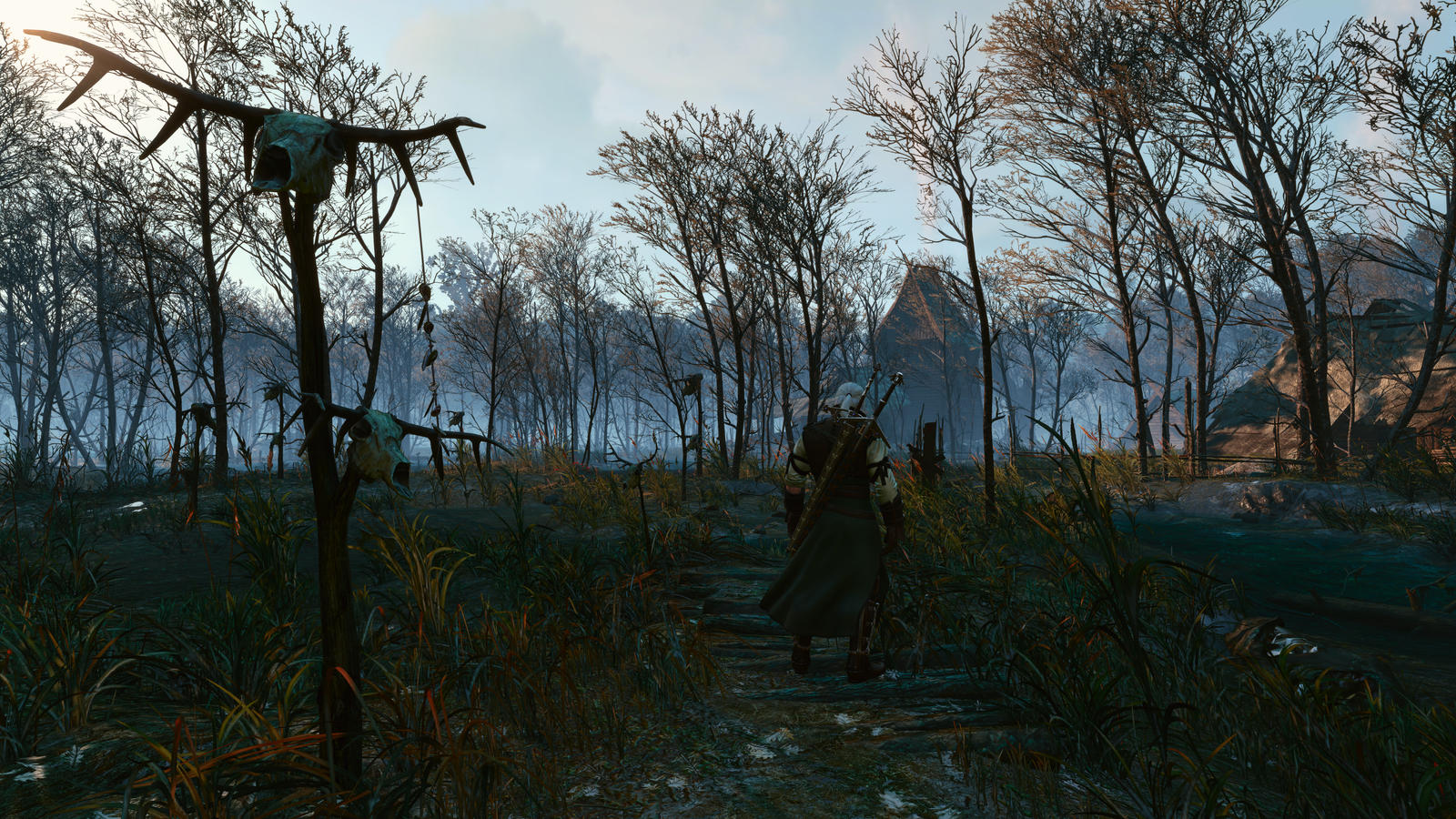
The Witcher 3: Wild Hunt
In 2011, Skyrim’s massive success threw open the gates for a slew of new, open world games. Most of them didn’t quite reach Skyrim’s exploration highs, and suffered from the same narrative weakness as Skyrim.
The Witcher 3 by CD Projekt Red was the game that finally created a world that was not only more engaging to explore than Skyrim, but did so with a strong narrative with well written, interesting characters. In The Witcher 3, you take on the role of Geralt of Rivia, as he tries to track down his adoptive daughter with dimensional powers before a mysterious group of otherworldly raiders, the titular Wild Hunt, can find her. The strength of those characters and story only heightened the explore-kill-loot gameplay loop that makes open world games so engaging. I won’t remember killing dragon priest number twelve in Skyrim to unlock a new word of power, but the pit of regret I got in my stomach seeing the consequences of my actions after a long questline in The Witcher 3 is unforgettable.
The actual combat of the game being bland and some of the quest design boiling down to uninteresting scavenger hunts are the only pieces of The Witcher 3 that’s aged poorly. The writing, performances, exploration are all some of the best ever seen in the industry.
If you want to hear more gushing about the game, check out our original review of the game here.
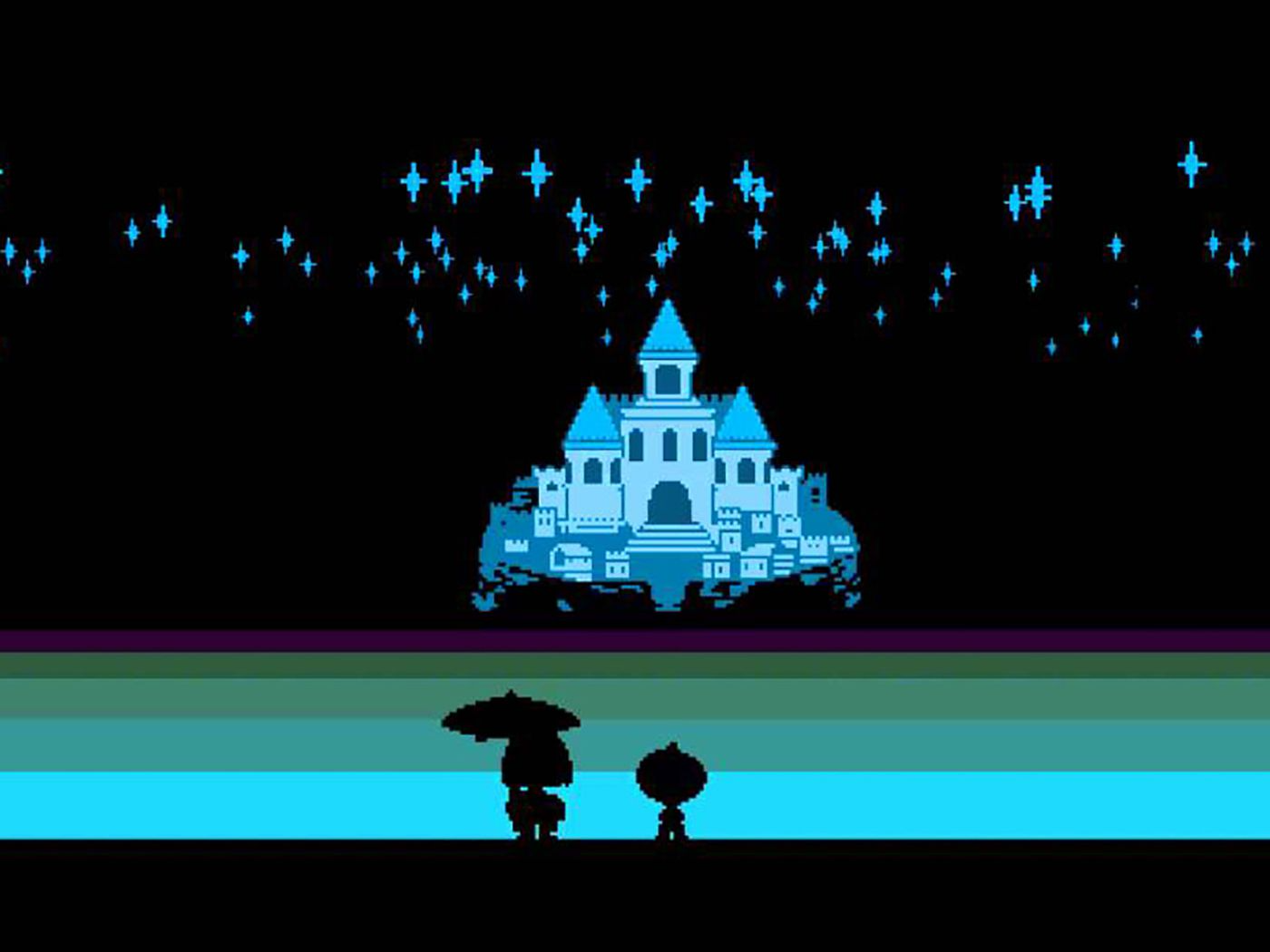
Undertale
Undertale by independent artist, musician, and video game developer Toby Fox is part visual novel, part bullet hell, part RPG, and one hundred percent Earthbound tribute all delivered in one of the most emotionally earnest games ever made.
In Undertale, you take on the role of a child who has fallen into the underground, which is filled with monsters of all shapes and sizes. Now, you must find a way to escape the underground, by either battling or befriending the monsters you meet along the way.
Befriending the monsters turns combat into a mini-puzzle, as you find the best way to get the monster to stop attacking you while dodging all of their attacks in turn. Toby Fox’s dialogue for these fights and the main cast of the game is both charming and very funny, making it easy to love the characters of Undertale. They start to feel like digital friends. You just love hanging out with this cast of dorks. These bozos will deliver belly laughs and gut-punches in your time playing, especially going through the ending where you kill no monsters, only talk. Or kill all of them in the genocide route. Like a sociopath.
The modern massive internet fandom culture around Undertale makes the game seem like it’s an experience exclusively for teenage tumblr users. Ignore the fandom. Undertale has pulled on my heartstrings unlike any other game I’ve ever played. It more than deserves your time.
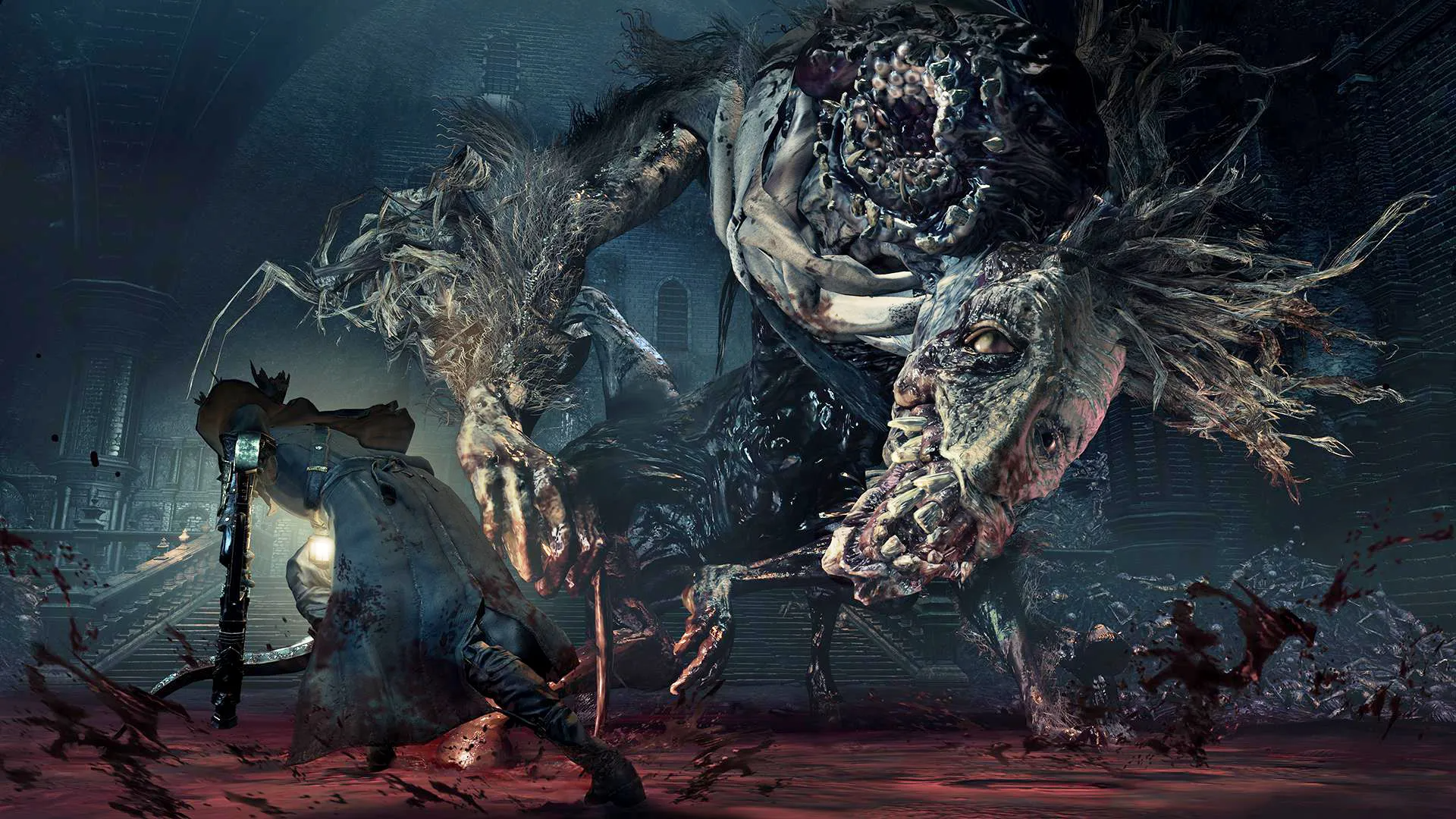
Bloodborne
Bloodborne by From Software is an Victorian-era offshoot of the Dark Souls series centering around the mysterious town of Yharnam, and the players quest to escape the cursed night of the hunt happening here. It is my personal favorite game of all time.
The combat takes the decision heavy action combat of the souls speed and puts a unique twist on it by removing the option to use shields for defense, while greatly speeding the character up and rewarding aggressive play. Turtling up and waiting for a moment to make a pot shot isn’t an option anymore, every encounter is a deadly dance where you need to make those same decisions about openings in a whirlwind of dodges. If you aren’t aggressive, it’s easy to get overwhelmed, but when the game clicks every fight becomes exhilarating in a way other souls games aren’t.
Bloodborne setting is also a work of genius, as Yharnam begins as a gothic-horror themed town infested by cursed werewolf beasts and religious fanatics. As you get deeper into the game and learn more of it’s secrets, the gothic horror melts away into a lovecraftian nightmare. It’s Lovecraft done right as well. The few characters you;ve come to now lose their minds as reality warps, and you never feel in charge of the nightmare as much as you do a player in a small part of something much greater and much more horrible.
The horror setting and thrilling combat has made it the fan favorite of From Software’s catalog for almost a decade now, and if a remaster or PC port ever comes I will gleefully return to the cursed city of Yharnam, ready to hunt the beasts that lurk within.

Cities: Skylines
TheChirurgeon: For urban planning perverts who weren’t satisfied with 2013’s reboot of SimCity, Colossal Order’s 2015 city-building sim offered a much more detailed alternative, adding in many of the elements which were missing from EA’s reboot. Cities: Skylines is easily the best city-building sim ever made, filled with all of the insane details and sandbox-style elements a player could ever want, giving players large areas to work with and many systems to master and tinker with.

Soma
TheChirurgeon: Frictional Games’ 2015 first-person survival horror title built around exploring the ideas of consciousness and interrogating some of the misconceptions around transfer of consciousness to digital platforms. It’s a very narrative-focused game that eschews combat for more of an emphasis on puzzles and stealth as the player explores the undersea research lab housing the last survivors(?) of the human race. It’s a thought-provoking game and while I’d liken the actual depth of its questions to those posed by The Matrix, they’re still good questions to ask and fun to contemplate. The game itself is a very solid sci-fi story and it’s worth a playthrough.
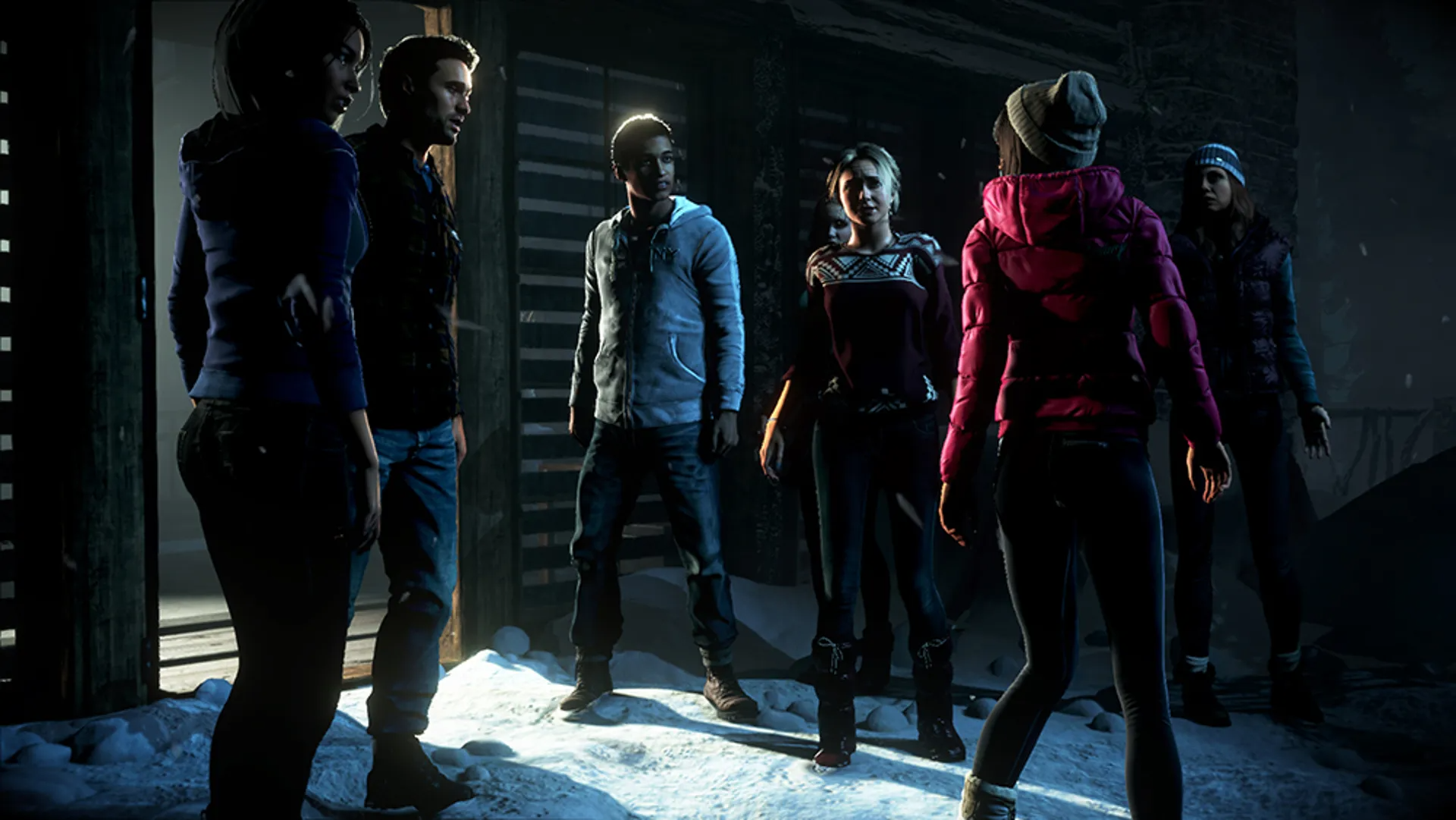
Until Dawn
TheChirurgeon: Supermassive’s 2015 survival horror game isn’t as much a game as it is an interactive movie, following a series of teens attempting to survive a night in a mountain cabin while being stalked by horrifying creatures intent on feasting on human flesh. The game features a number of twists and turns and a few different branching paths that give it replayability. Until Dawn was one of the bigger early releases for the PlayStation 4 (and was further propelled by the growing interest in streaming horror games), and really nails the mood of a horror film all the way through. If nothing else, the game perfectly captures the intrigue and promise of all those times you and friends sat around saying “well, if I were in a horror movie, I’d do things differently – one of the parts that tickles me the most about the game is that paying attention and thinking things through is pretty much always the correct decision.
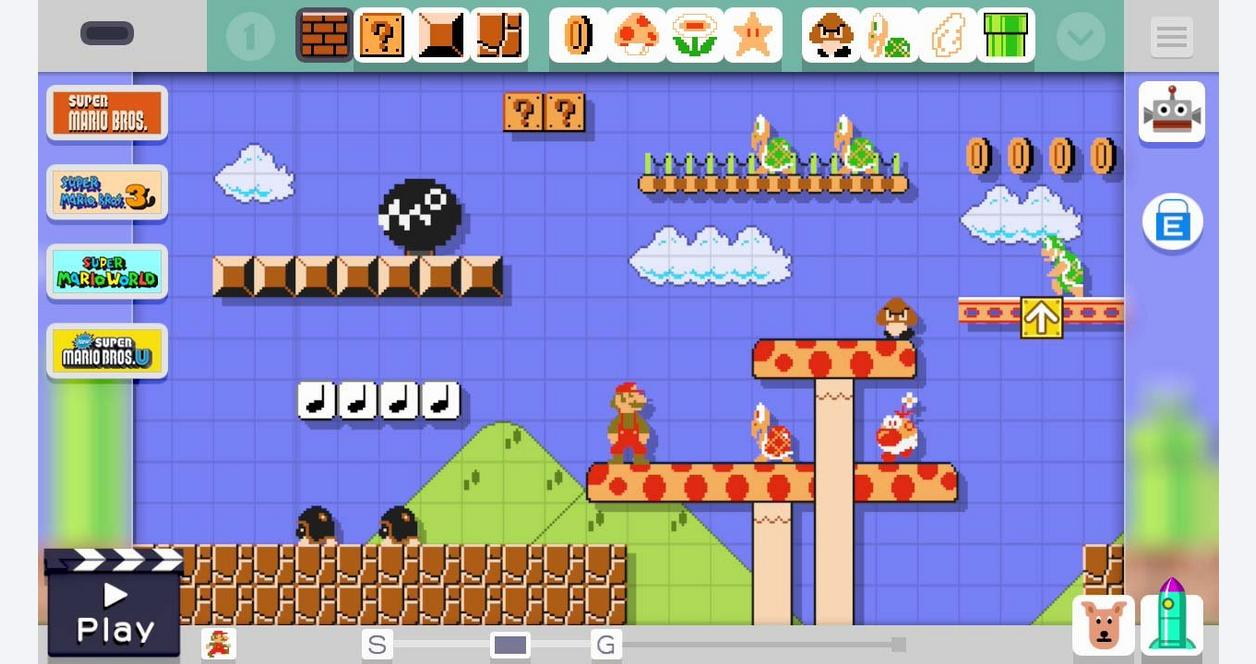
Mario Maker
TheChirurgeon: Nintendo’s 2015 Mario Maker was such a brilliant idea I’m shocked it didn’t happen until 2015. With Mario Maker, Nintendo finally put the tools of Mario level creation in the hands of players and the Wii U/3DS were the perfect platforms to do that on, letting players use their touchscreen controls to build quickly and visually. The result was an online craze, giving us one of the most streamable games in recent memory (or at least, it would have been if Nintendo weren’t insane with their online policies). Anyone who’s ever enjoyed trying Kaizo romhacks or watching them played will get a kick out of Mario Maker, and while the original game is now more or less defunct, its sequel on the Switch is even better.

Ori and the Blind Forest
TheChirurgeon: One of Microsoft’s biggest early releases for the Xbox One was an indie game from then-newcomer Moon Studios. Working with Microsoft studios, Moon developed Ori and the Blind Forest, a beautiful 2D platforming Metroidvania-style game about an adorable guardian spirit named Ori who must travel the forest after being orphaned, meeting its creatures and helping to save the tree at its heart. It’s a wonderful game with great visuals, extremely tight platforming and controls, some amazing set piece moments, and a fantastic soundtrack.
Why it was the Best Year in Gaming
2015 saw the releases of several of the biggest classics of the 2010’s. I can’t imagine any serious conversation about the best games of the decade not including Bloodborne, The Witcher 3, and Undertale all in the top 10. And again, these are just the ones I’ve decided to highlight. 2015 was a great year for all sorts of video game fans with not many memorable stinkers to spoil to pot.
As for tabletop gaming, as pointed out earlier your opinion of this year is going to depend on if you judge Age of Sigmar as a whole of it’s history, or as it was released in 2015. Because The End Times and Age of Sigmar 1.0 were a mess, but this mess did lead to Age of Sigmar as it is now, which rules. An honest assessment probably is somewhere in the middle, recognizing the state that the game released in and also acknowledging the game it would become.
Also, Cities: Skylines came out this year, and I think it would make Greg really happy if his special game won.
This article is part of a larger series on the best year in gaming. For more years, click this link. Have any questions or feedback? Drop us a note in the comments below or email us at contact@goonhammer.com.
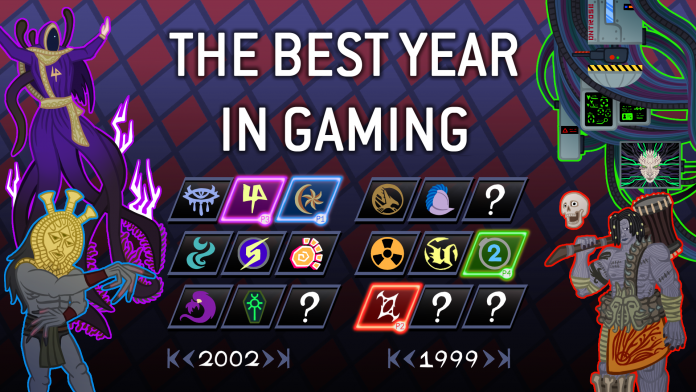


You must be logged in to post a comment.